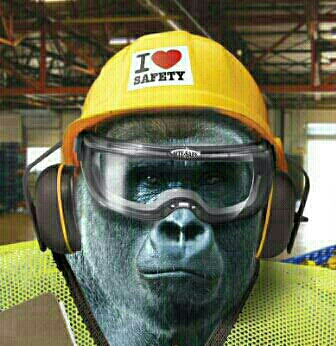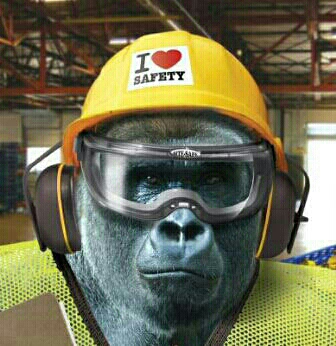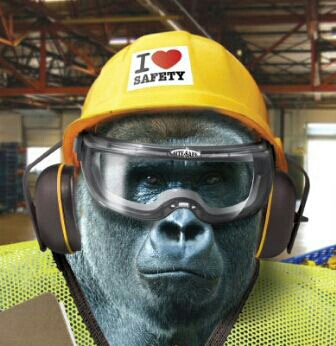Information
-
Audit Title
-
Client / Site
-
Conducted on
-
Prepared by
-
Location
-
Personnel
-
All erections of fixed scaffolding or working platforms must be carried out by fully trained personnel who are authorised and under the supervision of a Competent Person who will also be responsible for on-going monitoring and inspections.
This work is unlikely to be carried out by Cranfield University employees and as such will be under the direct management of a competent contractor. However local Cranfield University supervision will be expected to monitor the operation, within their capabilities, to ensure it is in compliance with this procedure and to enable them to do so reference should be made to the checklist found below. -
Take picture(s) of Scaffolding
-
All scaffolders should be competent (or in the case of trainees, supervised by a competent person). As a minimum requirement, every scaffold gang should contain an appropriately qualified scaffolder for the type and complexity of the scaffold to be erected, altered or dismantled. This may be an individual who has received training under an industry recognised training scheme eg CISRS, and has been awarded the scaffolder card.
-
Are operatives CISRS card holders (Scaffolder or Advanced Scaffolder), or are being supervised by a CISRS card (Scaffolder or Advanced Scaffolder) holder?
-
Is there proper access to the scaffold platform?
-
Are all uprights properly founded and provided with base plates?
-
Where necessary are there timber sole plates to prevent slipping or sinking?
-
Is the scaffold secured to the building in enough places to prevent collapse?
-
If ties have been removed since the scaffold was erected have additional ties been provided to replace them??
-
Is the scaffold adequately braced to ensure stability?
-
Are loadbearing fittings used where required?
-
Have uprights, ledgers, braces or struts been removed?
-
Are the working platforms fully boarded?
-
Are the boards fixed free from obvious defects and arranged to avoid tripping?
-
Are the boards fixed down if high winds are due?
-
Are there adequate guard rails (waist high) and toe boards at every side from which a person could fall 2m or more?
-
If the scaffold has been designed for loading with materials, are these evenly distributed??
-
Are there effective barriers or warning notices to stop people using an incomplete scaffold eg one that isn't fully boarded?
-
Does a competent person inspect the scaffold at least once a week and always after bad weather?
-
Are the results of the inspections recorded including defects that were put right during the inspection and the records signed by the person carrying out the inspection??
-
In addition to the aforementioned safety features relating to the equipment the following safety controls must be implemented (where applicable) regarding the operation:-
A suitable and sufficient risk assessment
A Permit to Work
Training of operator/s
Issue of personal protective equipment eg fall arrestors and operators trainined in their use.
Falling objects - Consider securing area below with covered walkway, barriers, signs etc. restrict access, lowering/lifting device for tools and materials, tool belts, chutes.

















